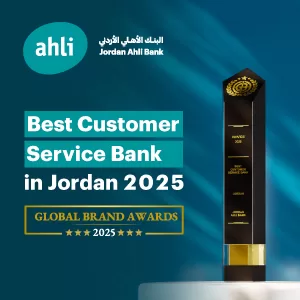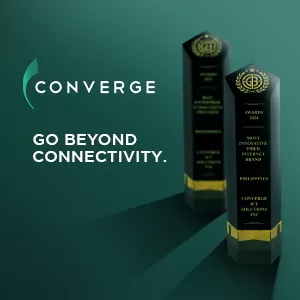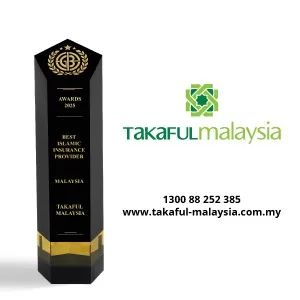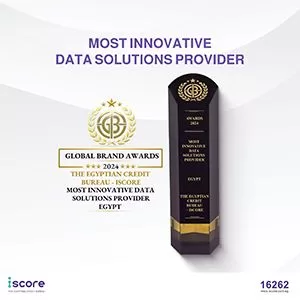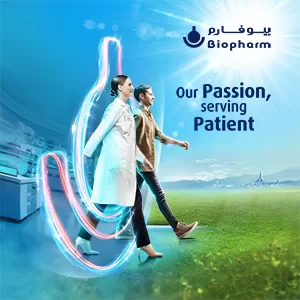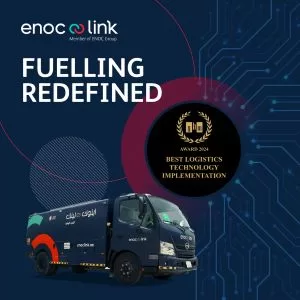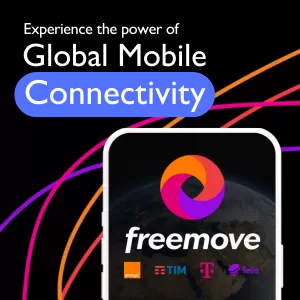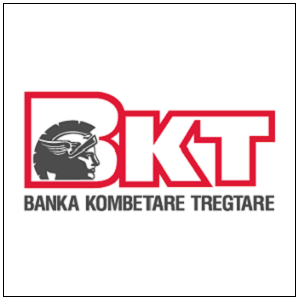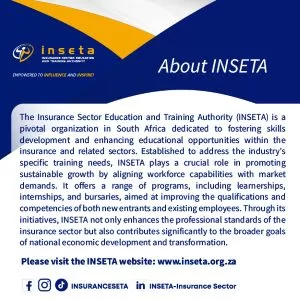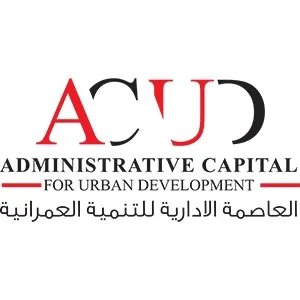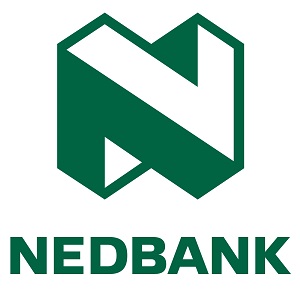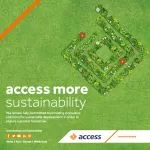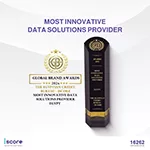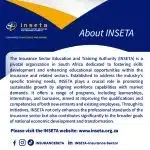Technology
Why Jason Hope Believes AI Reasoning Models Will Restructure IoT Forever

Artificial intelligence is getting smarter. Not just faster or more accurate, but genuinely capable of reasoning through complex problems step by step.
The convergence with Internet of Things (IoT) systems has captured the attention of industries across the board. Jason Hope, an Arizona-based entrepreneur who built his career on mobile communications and technology investments, has tracked these developments since launching Jawa in the early 2000s. His focus on connected device applications provides insight into how reasoning capabilities might reshape automated systems.
“The future isn’t coming; the Internet of Things is already here,” Hope observed. He’s right about IoT’s practical implementation. What’s changing now involves the computational intelligence behind those connections.
Recent AI reasoning models demonstrate sophisticated capabilities. Claude 4 Opus maintains context over extended operations. Gemini 2.5 Pro processes multiple data types simultaneously. OpenAI’s O3 series performs step-by-step logical analysis, addressing long-standing IoT limitations.
Meanwhile, workforce disruption accelerates. The World Economic Forum’s Future of Jobs Report 2025 predicts that technology will be the most disruptive labor market force over the next five years. AI and information-processing technologies are expected to create 19 million jobs while displacing 9 million others. Workers whose roles lack direct alignment with the organization’s mission face particular uncertainty.
AI Reasoning Transforms IoT from Reactive to Predictive
Current IoT systems respond. They monitor conditions, trigger alerts, and execute predetermined responses. AI reasoning transforms everything.
Modern reasoning systems integrate deductive methods, probabilistic models, and structured logic frameworks to achieve this goal. They interpret data, apply complex reasoning, and generate conclusions. When applied to IoT networks, the result shifts from reactive monitoring to predictive optimization.
Hope illustrates this with smart restaurant freezers. Traditional IoT systems monitor temperatures. When a threshold is exceeded, they send an alert. Simple.
AI reasoning models analyze patterns across multiple variables at once: inventory turnover, seasonal demand fluctuations, supply chain delays, and energy costs. The system doesn’t wait for problems; it prevents them through logical analysis of interconnected data streams, optimizing operations before issues arise.
The Artificial Intelligence of Things (AIoT) allows real-time decision-making and predictive insights in industrial settings. Research shows AIoT implementations deliver greater efficiency and autonomy compared to traditional IoT systems that depend on preset rules and human oversight.
Tesla’s Autopilot system exemplifies high-profile AIoT integration. The platform combines AI-powered computer vision with deep learning models and real-time IoT sensor data. Such systems process complex environmental information to make split-second decisions that would overwhelm traditional automated approaches.
Workforce Disruption and the Non-Mission-Aligned Challenge
McKinsey’s 2025 workplace AI report reveals that 99% of companies investing in AI don’t believe they’ve reached maturity. Widespread adoption without coherent integration creates particular challenges for support roles, administrative functions, and peripheral departments where responsibilities don’t mirror organizational priorities.
Research from the University of Pennsylvania and OpenAI identifies the workers most at risk. Educated white-collar employees earning up to $80,000 annually face the highest likelihood of automation impact. This demographic often includes roles tangential to core business functions.
Hope has commented on AI co-pilots becoming integral to all professions by 2028. Within IoT-connected environments, reasoning models can analyze worker productivity, suggest process improvements, and evaluate performance against mission-critical objectives. Unlike simple task automation, reasoning AI evaluates entire workflow systems and identifies organizational inefficiencies.
Forbes analysis reveals stark differences in automation risk across job levels:
- Market research analysts: 53% of tasks replaceable
- Sales representatives: 67% of tasks replaceable
- Sales managers: Only 21% of tasks replaceable
- General managers: Only 9% of tasks replaceable
Mid-level positions involving routine analysis face disproportionate risk.
The World Economic Forum reports that 77% of employers plan to prioritize workforce reskilling for AI collaboration. Higher-income economies show 87% commitment to such approaches. However, workers in non-mission-aligned roles may struggle to demonstrate value, justifying retraining investments.
What happens to employees whose contributions seem peripheral? The question becomes urgent as AI reasoning models excel at identifying redundancies across organizational structures.
Smart Cities and Infrastructure Transformation
Urban environments generate massive data streams such as traffic patterns, energy use, air quality, noise levels, and emergency response needs. Traditional systems process these separately, creating information silos that limit optimization potential. AI reasoning models change this dynamic entirely.
When the White House announced $160 million for smart city and IoT research in 2015, Hope called it “a huge step in the right direction.” Current reasoning capabilities transform those early investments into comprehensive urban intelligence systems that process vast sensor data simultaneously.
Barcelona demonstrates practical implementation. The city’s smart initiative uses AI reasoning to analyze data from thousands of sensors monitoring air quality, noise levels, traffic patterns, and energy usage. Real-time optimization occurs across municipal operations, from traffic light timing to energy distribution.
Modern AIoT implementations optimize everything. Traffic flow adapts to changing conditions. Energy distribution responds to demand patterns. Municipal services anticipate needs before problems develop.
PwC’s 2025 Global AI Jobs Barometer shows that revenue growth in AI-exposed industries has accelerated rapidly since 2022. Value creation is focused in industries well-positioned to leverage AI technology effectively. However, growth often centers on technical roles, displacing traditional municipal workers whose responsibilities become automated.
AI reasoning powers predictive infrastructure maintenance, proactive traffic management, and early public health interventions. Cities can prevent issues instead of just reacting to them, leading to more efficient resource use and better services for residents.
The workforce implications prove substantial. Technical positions expand while routine municipal roles face automation pressure.
Security, Ethics, and the Future of Intelligent IoT
Power comes with responsibility and risk. Recent research highlights important questions about the reliability of reasoning models at scale. Studies indicate that accuracy can break down when problems become more complex. For IoT networks controlling critical infrastructure, these limitations pose serious risks that need careful assessment.
OpenAI’s latest reasoning models demonstrate concerning trends. O3 and O4-mini show increased hallucination rates compared to previous versions. O3 hallucinates in response to 33% of questions on PersonQA benchmarks. When applied to IoT systems controlling autonomous vehicles or medical devices, such reliability issues become safety-critical concerns with potentially serious real-world consequences.
Hope advocates for robust testing protocols and gradual deployment methods. AI reasoning models must prove reliability before assuming critical responsibilities. Such approaches mirror practices in other high-stakes technology deployments where extensive validation precedes widespread implementation.
Ethical implications multiply in workforce contexts. AI reasoning models analyzing worker behavior through IoT sensors raise privacy and autonomy questions. The World Economic Forum emphasizes that policymakers, industry leaders, and technologists must establish control frameworks ensuring AI developments match human values and societal goals.
Cybersecurity concerns intensify when AI reasoning controls IoT networks. His insights on technology entrepreneurship and investment strategies highlight the importance of addressing security vulnerabilities in connected devices that malicious actors could exploit to manipulate AI decision-making processes. The distributed nature of IoT systems creates multiple potential entry points for attacks compromising entire networks.
Trust becomes paramount. Workers must believe AI systems act fairly. Citizens must trust smart city implementations. Organizations must ensure that reasoning models operate within ethical boundaries.
Managing Technological Transformation
Change accelerates whether we’re ready or not.
Hope’s perspective emphasizes adaptation over resistance for workforces facing technological transformation, particularly those in roles lacking direct organizational mission alignment. McKinsey research suggests organizations approach AI implementation with “imagination of possibility” rather than fear, and discover applications beyond simple optimization tools.
Current IoT deployments often lack sophisticated reasoning capabilities needed to fulfill automation potential. Adding AI reasoning models could transform IoT from collections of connected devices into integrated intelligence systems capable of complex analysis and autonomous decision-making.
The transformation reflects broader patterns in how successful angel investors approach emerging technologies. Success requires careful attention to workforce development, security protocols, and ethical considerations. Organizations must coordinate across technical, regulatory, and social dimensions to ensure human workers remain valuable contributors to increasingly automated environments.
Hope’s extensive experience, documented across various professional platforms and business networking profiles, consistently emphasizes the importance of balancing technological advancement with human considerations. His approach demonstrates how adaptation strategies can help organizations navigate complex technological transitions.
Through his ongoing commentary and insights, Hope continues to advocate for approaches that enhance rather than simply replace human capabilities in increasingly automated environments. His comprehensive background is also detailed on his personal profile, which outlines his commitment to fostering innovation while maintaining focus on human-centered solutions.
The transformation will separate adaptable organizations from those clinging to outdated approaches. How institutions navigate these changes will determine whether AI reasoning models enhance human capabilities or simply replace them.
One certainty emerges: the integration has begun. The question isn’t whether AI reasoning will transform IoT applications, but how quickly and with what consequences for the workforce.





